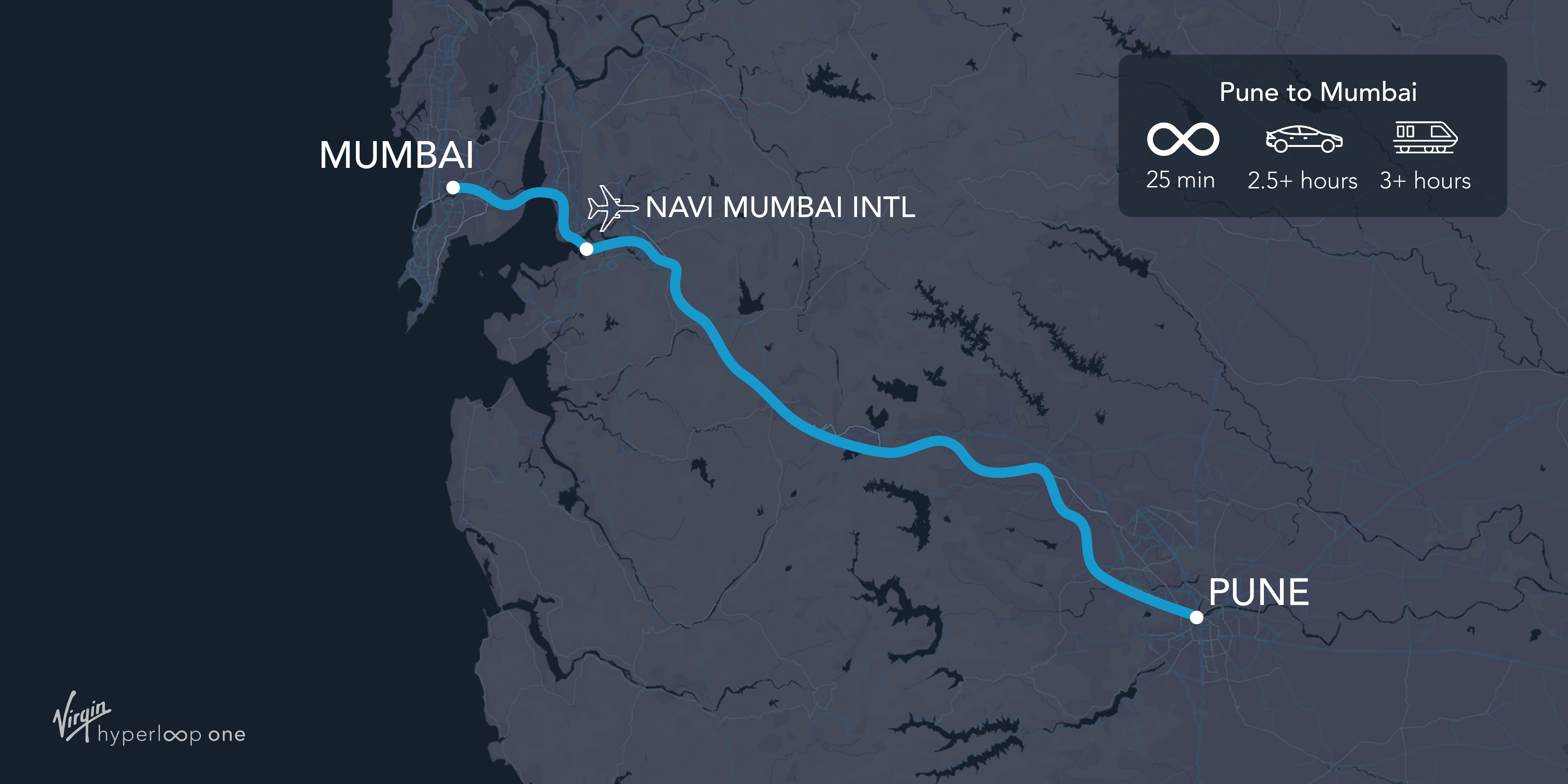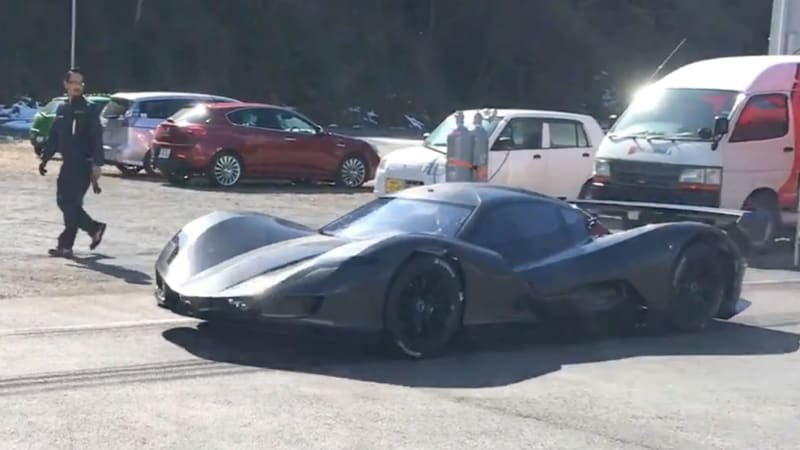Netflix’s Everything Sucks Revives 20 Items From The ’90s You May Have Forgotten About
http://ift.tt/2ocAA4p

Netflix’s newest original series, Everything Sucks, follows a group of high school students and their struggles to deal with life during the mid-’90s. As expected, the series is filled with references to ’90s culture, objects, clothing, and terrible, terrible slang. However, the charming series is "all that and a bag of chips," and you can check out our review of the first season here.
There were a lot of moments during the first season that reminded us of some of the great things that came out of the decade, along with a few other things that were just awful about the ’90s. From Walkmans to payphones, the entire first season is a love letter to not only the decade itself, but every failed Coca-Cola product of the era. And there’s no one better to talk/complain about this than someone who was the exact same age as the kids on the show in 1996, me. Here are some of our favorite and least favorite pieces of nostalgia from Everything Sucks.
Pogs

The game of pogs–originally called "milk caps"–was created in Hawaii during the 1920s, which may have been modeled after the Japanese card game Menko from the 1600s. In this game, each player stacks their circular, cardboard pogs with the image side down and uses slammers–a heavier, metal pog–to try and flip over their opponent’s pogs. During the ’90s, pogs exploded in popularity across the United States. Companies licensed out their characters to appear on the game pieces, and if you were like me, you had at least one Killer Instinct pog (mine was Kilgore). The fad quickly died out around 1997.
Nickelodeon Gak

During the ’90s, there were plenty of green, gooey toys on the market. The most notable was Nickelodeon Gak. In 1992, Nickelodeon was at its height of "dumping green goo on people" era. Fans of the network loved slime, sloppiness, and everything else that showed up on shows like Double Dare. To feed the masses, Nickelodeon created Gak, which was a lot like Silly Putty but a bit more viscous. The best thing to do with Gak was push it into something like a pog holder and make fart noises with it, which is exactly what happens on Everything Sucks.
Hacky Sacks

During the ’90s, hacky sacks–also called footbags–exploded in popularity. The American wave of hacky sacking gained popularity during the ’80s but peaked in the mid-’90s and was even featured in the 1987 NES game California Games. Hacky sacks are small, crocheted balls filled with plastic beads that folks in the hippy and grunge communities took to as a fun game to pass the time. Essentially, it’s a tiny soccer ball you kick around and don’t let touch the ground. The best part of the game was making up dumb names for your trick, like the sweet "Joker’s Wild" move I could do (it wasn’t sweet).
The ’90s Bowl Cut

Hairstyles from the 1990s were rough, especially if you were a guy. Many young men wore the ’90s version of the bowl cut, which as it sounds, looks like someone put a large bowl on top of your head and just cut the excess hair off. Many kids during that time–sadly, like myself–shaved underneath the top layer of hair for what’s known as an undercut. The poor souls who thought this haircut was cool parted it down the middle, like many people on Everything Sucks.
Jolt Cola

The ’90s were all about excess, including twice the amount of things in your favorite soft drinks. Jolt Cola, which was first introduced in 1985, wasn’t your typical cola: it had twice the caffeine. This was an era before energy drinks were everywhere, so Jolt was the cool thing to drink, as it was the only cola that kept you awake for two days straight. Mr. Stargrove drank Jolt during his scenes on the show and could be bought off with a six-pack, apparently.
Fruitopia

Fruitopia was Coca-Cola’s answer to Snapple during the mid-’90s. The drink was known for its kaleidoscope imagery on its label and that some flavors were only available from McDonald’s fountain machines. It was an attempt for Coca-Cola to market drinks to Generation X. The sugary, fruit-flavored drink met its demise in 2003, with Minute Maid taking over a couple of its most popular flavors.
Surge

Mountain Dew–a Pepsi product–exploded into popularity during the mid-’90s, and Coca-Cola’s answer to that was Surge. What set the soda apart was the addition of maltodextrin, which changed the mouthfeel of the drink–as the chemical is used primarily in beer brewing. The drink was marketed towards younger folk and tried to associate with extreme sports, which aped everything Mountain Dew was doing at the time with its advertisements. Sales weren’t great, and eventually, it was discontinued in 2003. However, Amazon started releasing it in six-packs back in 2014 for those who wanted a taste of nostalgia.
Apparently, McQuaid loved drinking Coca-Cola’s failures on the series as he’s seen with both Surge and Fruitopia on separate episodes.
Tight Plaid Pants

There are a lot of weird fashion styles from the ’90s, and many are showcased on Everything Sucks. One of the biggest standouts comes from the scene where Emaline stands on Lucas and company’s lunch table and yells at them. She’s dressed like Gwen Stefani with the gem in between her eyebrows and the plaid pants; Stefani wore something similar during the "Spiderwebs" music video. Both men and women wore these pants, as long as you had bad taste in clothing, like me.
Zima

Zima was weird, and Zima was gross. The alternative-to-beer citrus-flavored alcoholic drink was made by Coors as an answer to the growing popularity of wine coolers in America. However, much like on Episode 4 of Everything Sucks, it was popular with underage drinkers probably because their parents bought it and never drank it, so it was easy to steal. Zima tasted like a really old Mike’s Hard Lemonade that had been sitting in the sun for days.
Cassette Tapes

Even with a resurgence in vinyl records, digital music rules the world. Most people haven’t purchased a physical copy of music in years. However, during the mid-’90s, CDs were people’s preferred choice, but they were expensive. This led many music listeners to jump back to an older technology, cassette tapes. At times, the format was annoying: you needed a pencil on hand in case the tape came out of the cassette–in order to rewind it–the cases cracked, and sometimes, the tapes would become stuck in the player. This happens in Everything Sucks, which means the people on the bus had to listen to Ace of Base, non-stop.
Pizzarias

The best thing the Keebler company ever created wasn’t EL Fudges. It was Pizzarias, a pizza-flavored, triangle-shaped chip. It looked like Doritos but tasted like pizza, kind of. The chip was created in the late ’80s but was most popular in the ’90s. Then, one day, the delicious chips disappeared from store shelves. Pizzarias can be seen on Everything Sucks briefly in the school vending machine after Sherry and Ken got high and wanted some munchies. Little did they know, Pizzarias are delicious when you’re sober as well.
Dial-Up Sounds

The sweet sounds of a dial-up modem may be painful to hear, but to some of us older folks, it’s a symphony of magical tones. Although, back then, we had no clue how to really use the internet. Most of us teenagers spent time making terrible Angelfire sites or trolling people in the AOL Backstreet Boys chat room… Or maybe that was just me. Anyway, the gang on Everything Sucks hopped on the internet looking for ways to get high without purchasing illegal drugs.
Early Websites

The early internet was hard to look at and not because it’s embarrassing. It’s literally hard to look at because it’s aesthetically a mess. There were tons of bright, flashing colors, with font hues blending into the background. Sure, finding cool websites was fun and all–especially when you got to use Ask Jeeves–but looking back, early websites were the worst.
Seatbelt Belts

Coming straight from your local Spencer’s Gifts was the seatbelt belt. It was a belt for your pants that looked like an old seatbelt. It was a way to say you cared about safety as well as the height of your pants on your waist. Surprisingly, you can still buy these today. Emaline sports one of these cool accessories during Episode 7 of Everything Sucks.
Columbia House

Services like Columbia House, BMG, and a slew of others offered outrageous deals for CDs like "12 for the price of 1." Then, they locked you in a contract, billing you monthly for an outrageous amount of money. The best part was that they billed you after the CDs arrived, and if you were someone underage, like myself and everyone I knew, you just never paid them or the monthly fees after your first set of CDs came. Both Columbia House and BMG taught many of us an important lesson about bill collectors and how companies like these can’t go into business with minors. Just don’t pay for those CDs, Lucas. Don’t do it.
Skateboard Backpack

Tyler has one of the coolest backpacks from the ’90s, which you can see in Episode 1 and 8 of Everything Sucks. It’s a Shorty’s backpack that holds your skateboard, for when you’re "on the go," but there’s nowhere to skate. The board is zipped up behind the front pocket on the bag. Skate backpacks are still in existence, but none that we could find were like this Shorty’s pack.
Blockbuster

Believe it or not, Blockbuster still has physical locations, although the majority are in Alaska. During the video rental company’s height in the mid-’90s, the chain consisted of more than 9,000 locations and was a juggernaut in the video rental industry, probably because of its outrageous late fees. However, Blockbuster never took Netflix seriously, even before it offered streaming movies, and Blockbuster fell by the wayside. Currently, it’s partnered with Dish for the Blockbuster on Demand service.
VHS Cameras

Everyone has a high-definition camera on their phone nowadays, but back in the mid-’90s, video cameras were bulky, heavy, and shot in extremely low quality. Early cameras used large VHS tapes to record onto, which were like giant cassette tapes for video. Lucas and the rest of the AV club have access to a lot of great camcorders–for its time–on Everything Sucks.
Pagers

Before cell phones were cheap enough to be available for the masses, there was a brief moment in ’90s culture where many people had pagers, and I was one of them. These small boxes–many the size of a Tic Tac container–allowed someone to contact you and leave their phone number on the pager screen. If you had a bit more money, you could get a pager where the person calling you could leave a text message.
Pumps

The coolest shoes during the early-’90s were the Reebok Pumps. They looked like typical sneakers for the time, except they had a large button on the tongue–which many times looked like a basketball. When you pressed the button, air chambers in the shoe would fill up to create a more snug fit. Lucas had his own pair on Everything Sucks, and to me, that makes him the luckiest boy in the world.
Games
via GameSpot’s PC Reviews http://ift.tt/2mVXxXH
February 16, 2018 at 05:51PM



























